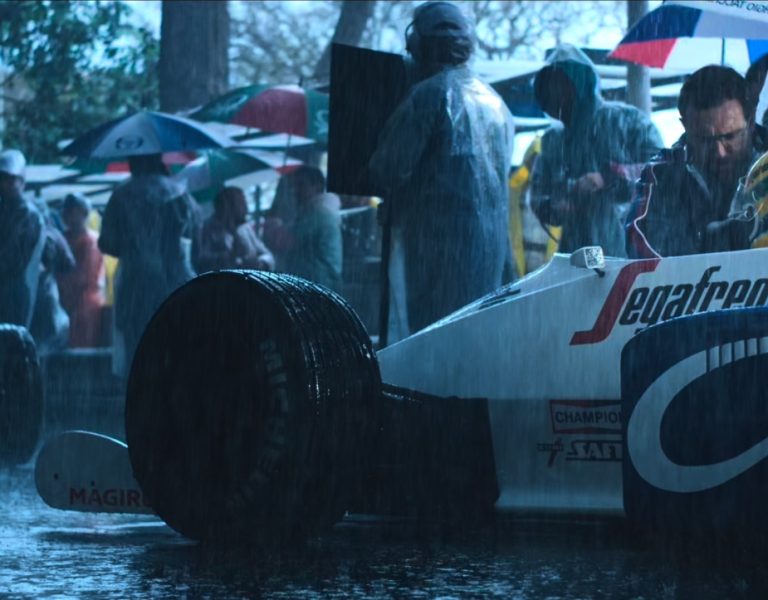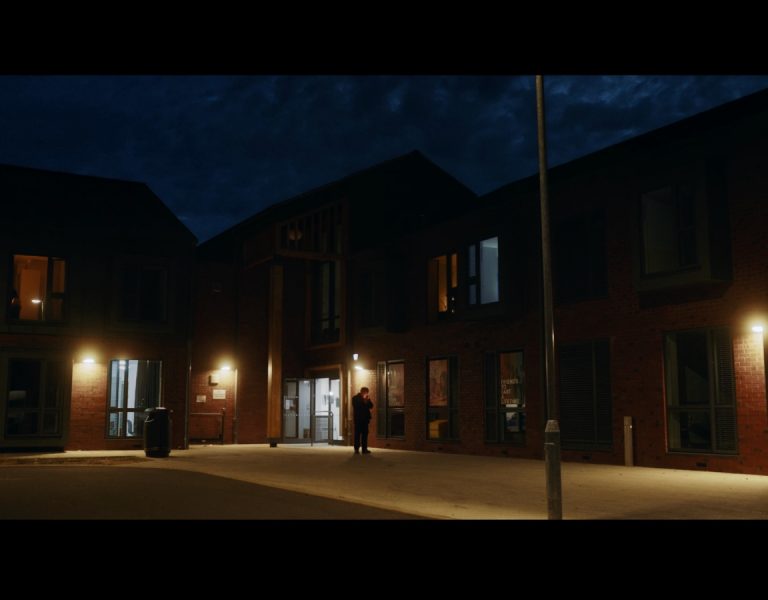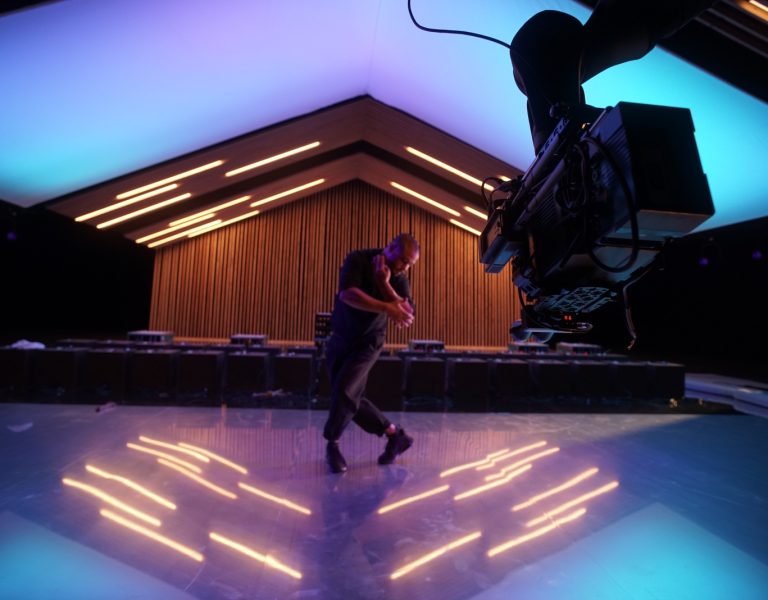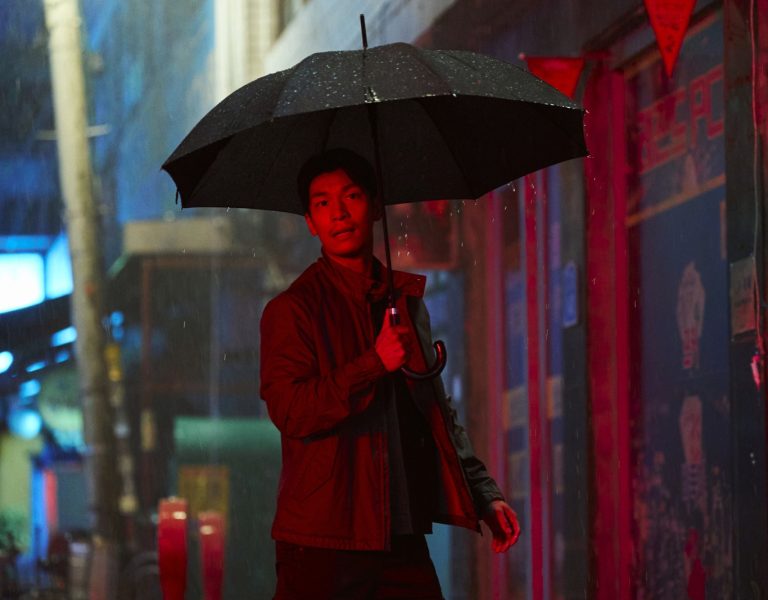
Overview: Virile is a psychosexual rite of passage following Bo, a young androgynous deckhand, on board an otherwise all female research vessel. Their life is disrupted by the appearance of a castaway man.
What were your initial discussions about the visual approach for the film? What look and mood were you trying to achieve?
Lydia Rui, the writer and director, wanted the film to have a cinematic but grounded tone, and to create a subjective experience told through the perspective of our lead character, Bo (played by Liv Ello). Together with Violette de Laet, the production designer, we created a coherent visual bible that consisted of a specific palette and aesthetic.
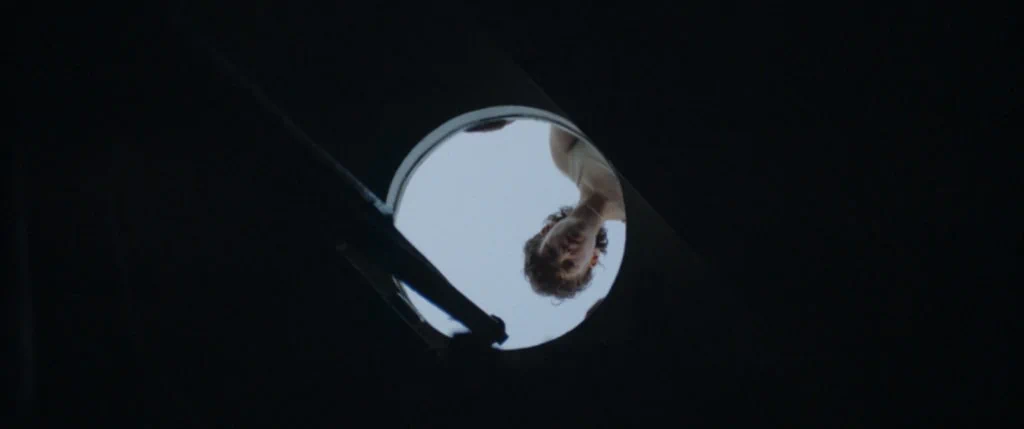
What were your creative references and inspirations? Which films, still photography or paintings were you influenced by?
We had a huge collection of photography, paintings and stills from films. Particularly, ‘Rembrandt – The anatomy lesson of Dr. Nicolaes Tulp’ was one of the paintings that I recall as a reference for when the man comes on the boat.
We looked at some older films set in space namely Solaris. I think Solaris was very inspiring because of its raw visual feel.
What filming locations were used? Were any sets constructed? Did any of the locations present any challenges?
The film is set on a research vessel. We spent months trying to find the right locations. At the end we found all our locations in the Southampton area. Our main interior location a was wet docked boat called Lady K (4 days). The bilge and bathroom scenes were shot on a boat called Shieldhall also in Southampton (1 day).
The exteriors were shot in one day on a yacht called La Fenice.
Lady K was a derelict boat ready to get a refit. This allowed the art department to transform the interior and give it the look we were initially referencing for.
Narrow spaces with low ceilings and steep stairs which limited air flow and slowed production down greatly, strict shooting hours as we were dependent on the boat owners’ schedules, which were also limited by the changing tides that affected the accessibility of our gangplank. Our final shooting day we actually went out into the Solent. Getting there itself took half of the day’s schedule.
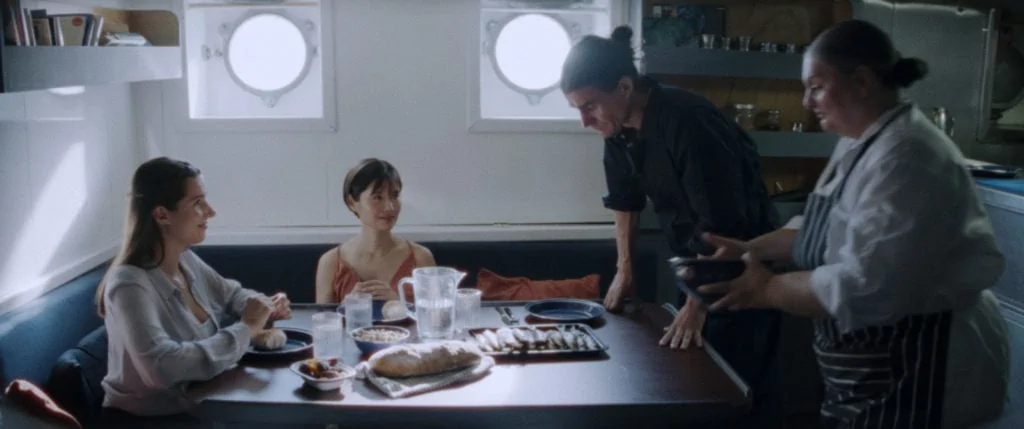
Can you explain your choice of camera and lenses and what made them suitable for this production and the look you were trying to achieve?
Lee Mackey from Panavision London was generous in helping us get our hands on a Panavision AWZ2.3 37-85mm T:2.8 anamorphic lens, which is what we shot most of the film with. This also greatly helped our production pace, and we probably wouldn’t have been able to shoot as much as we did without it. The characteristic lens also helped to create grit and offset the sterility of shooting digital (Arri Alexa mini). The 2.39 aspect ratio also suited capturing the claustrophobia of a space so narrow and with low ceilings.
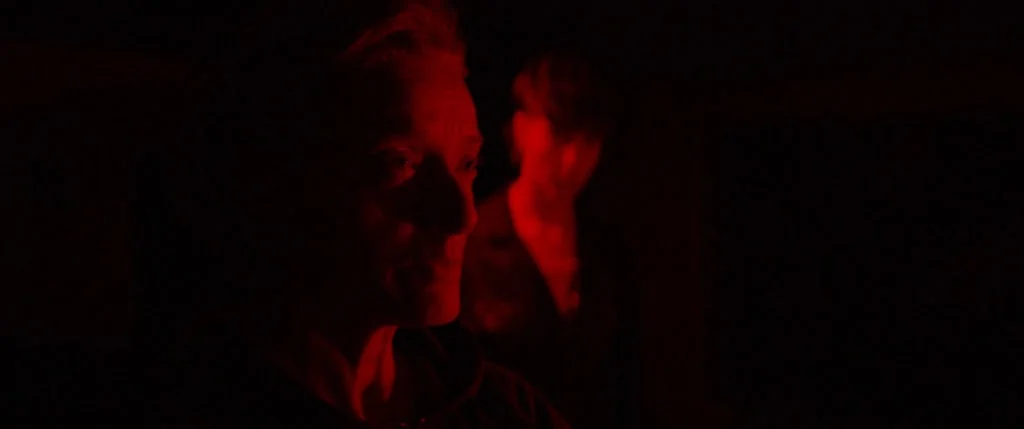
What was your approach to lighting the film? Which was the most difficult scene to light?
To counter the steadiness of the shots and retain the sense of being on a boat, we had lights punch in through the portholes in the mess (dining area). I was in close contact with one of my tutors Stuart Harris who I consulted the different ways to go about this matter with.
What saved me were the Litemat and other small battery powered LED lights provided to us by Panalux.
Fortunately, the main boat we were shooting on was out of use, and allowed Violette to paint a white cabin dark grey, which also assisted with mood.
What role did camera movement, composition and framing and colour play in the visual storytelling?
As boat interiors are small, our camera movements were restricted. To inject energy and tension, we alternated between tableaux, close ups, and slow mechanical zooms. Lydia wanted to create a sense of claustrophobia and constriction as the main character dealt with their increasing animosity, which the zooms helped with. As for lighting and colour, Lydia had said she wanted to avoid the orange/blue palette used in sci-fi and wanted instead a predominantly red/blue palette. We knew that the reds of the night vision on ships and spacecraft would be useful and narratively relevant to create the mood we were after.

What were you trying to achieve in the grade?
The look of the film was mainly achieved on set since we established our visual approach early on. We spent our time in the grade with colourist Jongheon Lee developing that look further.
Which elements of the film were most challenging to shoot and how did you overcome those obstacles?
The tight spaces were a great challenge for everyone. In one of the cabin scenes we had to demount a bunk bed to be able to get the camera where we wanted. A set of twin tubes helped a lot with this.
In some scenes we wanted to achieve a dappled water reflection effect. I bought sets of plastic trays in various sizes to be able to test this in prep. On the day I bounced light into these trays filled with water. Sometimes with a mirror in them, sometimes without. In the bilge scene I actually looked into the tray with the camera to capture our main character in a reflection.
Probably the most tricky scenes to light were the “Mess” scenes. We were lucky enough to meet John Simon who owned a trawler next to La Fenice (one of the yachts we shot on) and John coincidentally has experience as a marine rigger and consultant on large scale film productions. He and his business partner, Anthony Morton-King, of Intellectual Marine Developments, were kind enough to allow the gaffer Lee Wooster to put a 2.5K HMI on their trawler to push light into our wet docked main boat. The light was manually tilted up and down to create a sense of oceanic movement in the mess.
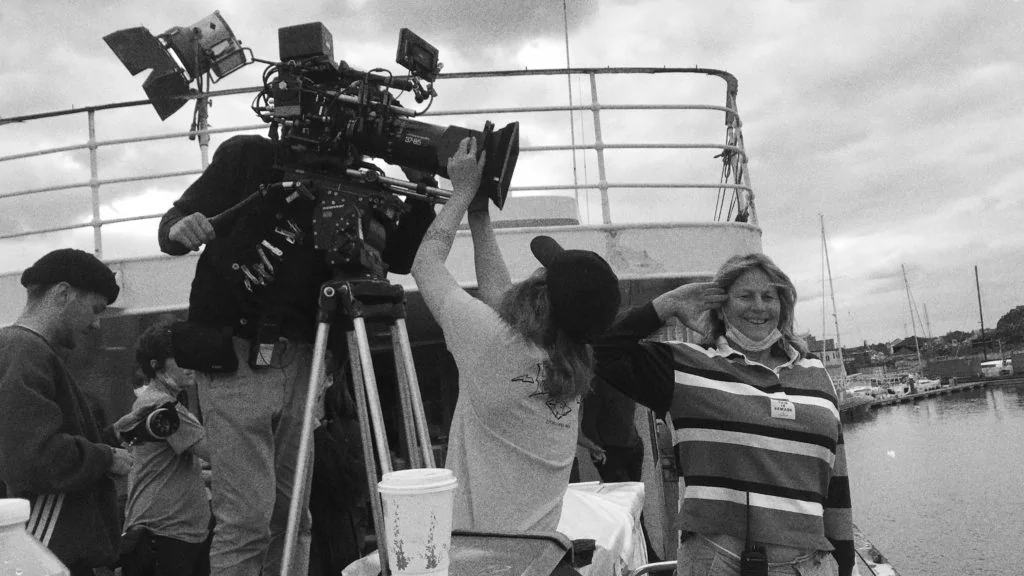
What was your proudest moment throughout the production process or which scene/shot are you most proud of?
The fact that we were able light our boat using another boat makes me happy. It was something that seemed crazy, impossible and dangerous to some people. I’m very glad that we managed pull it of in line with the Health and safety department!

What lessons did you learn from this production you will take with you onto future productions?
I wish I had more battery powered lights when shooting the boat interiors. This is definitely something I want to give more attention in future especially when it comes to shooting in tight spaces.
I think having battery powered lights and being able to control the colour and intensity wirelessly would’ve helped a lot.

